The best trainer to purchase is one that provides the best road feel. That is, they produce a similar resistance feel to the road. One of the most important things to help with motivation is to ride on a trainer that feels right. Its important also to ensure that you buy the right type of trainer for your purpose. There are a lot of trainers on the market today some are better than others. This article discusses some of the important things to consider when buying a indoor home trainer. Reading this article could save you hundreds of dollars.
Qualities to look for:
Road Feel:
Road feel is the ability of the trainer to duplicate the same resistance that you encounter when riding your bicycle on the road. Trainers that come close to this resistance have better road feel. Magnetic units often have adjustable resistance levels that you can use to control the resistance. Unfortunately, even with the ability to adjust the resistance of a magnetic trainer they rarely result in producing a good road feel. Fluid trainers respond much better to your increase in effort and consequentially provide a much better road feel. Wind trainers provide the best road feel of all trainers.
Inertia:
When road riding on level ground, if you ease up on the pedals, inertia keeps you going. You slow down relatively slowly. When riding uphill, if you ease up on the pedals, you slow down relatively quickly. Trainers that match the inertia effect of riding on level ground have better road feel. Fan resistance trainers do this by design. Other resistance devices improve this characteristic with the use of a large flywheel. In general, the bigger the flywheel the better the inertia.
Max-Out:
Powerful riders are usually able to max out many inexpensive units. What happened in this case is that when you increase your speed or cadence the resistance of the trainer does not increase. This usually happens to magnetic trainers. Some magnetic trainers try to get around the issue by providing different resistance settings. The problem with this is that you have to change the bikes gear as well as the trainers resistance setting while performing your workout to enable you to cover enough range to make your workout effective. This can be confusing to duplicate from session to session and is also slows down your work out. These types of trainers are to be avoided if you want to train seriously at home. You want to find a trainer that can provide you with over 2kws of resistance straight out of the box.
Noise:
Noise is an issue if you have to train around people. You cant train in the same room as someone that is watching TV if on a noisy trainer.
Durability and Strength:
You put a lot of power through your bike when you are doing sprinting and intervals on your trainer. So your trainer needs to be built strong. Most trainers have weak support arms that flex causing undue twisting forces on your frame. The more expensive ones provide a solid platform for your high intensity training. Also another key feature is durability. Sturdy trainers are usually more durable.
The types of trainers available
Rollers:
Rollers have limited intensity-training applications. Changing speed or cadence on rollers does not change the amount of force you have to apply to the pedals as there is very little resistance. Therefore rollers are very good for low intensity training and help you to smooth out your pedalling style. They are not good for doing high intensity intervals and sprints on.
Lifecycle or Spinner Machines:
Lifecycle or spinner machines as seen at the gym generally do not mimic the “feel” of road and air resistance as closely as the much less expensive conventional trainers, which allow you to use your own bicycle. Also, most of the gym machines provide very limited ability to adjust seat and handle bar position to ensure a proper bike fit. When you use your own bicycle with a correct bike fit, you have the pedals you are used to, and the seat to which you are accustomed, resulting in a better workout. The other issue with these bicycles is that if they have a resistance knob to apply resistance it is difficult to duplicate the same resistance setting from one session to the next. This makes them very difficult to use to evaluate your progress from week to week.
Fan Resistance Trainers:
These trainers are generally the best. They are sometimes called Ergos. Most are custom built in small production runs. This makes these trainers very expensive. They are usually a standalone bike with a 26 front wheel that has 4 to 6 blades attached to it to create wind resistance. Most are geared with either an 8 or 9 speed gearbox or a derailleur system. Some are fixed to a single gear, which provided limited range of resistance. They are less likely than magnetic or fluid resistance devices to max-out. Fan-resistance trainers are noisier than other options as they make a lot of noise once they get wound up. They provide the best road feel of all trainers.
Magnetic Resistance Trainers:
Although costing much the same as a fluid trainer these trainers suffer from poor road feel. The “magnet” often feels lumpy. As effort and cadence increase, the magnetic resistance increases linearly or does not vary at all, so you dont get the right road feel. The worst magnetic trainers are the ones that attach to the rim of the bike rather than the tyre. They were designed to be used with the nobly tyre of a mountain bike. These units usually have no inertia as they dont have a flywheel and feel terrible to ride on.
Fluid Resistance Trainers:
Fluid resistance trainers have a better road feel than magnetic ones do. Higher-end models max-out at high power outputs. Some makes have had a history of failure due to leaking so its important to find a model that has this issue resolved.
The Kurt Kinetic range of trainers is designed not to leak.
Electronic Resistance Trainers:
Several brands of electronic trainers provide power (watts) output. Some also come with an interactive computer generated video display, pre-programmed and programmable courses, as well as other features that motivate some riders. These trainers can be valuable tools. Electronic trainers still do not have as good road feel as a conventional fan-resistance trainers. Many have a lumpy feeling, especially at low cadences. Some electronic trainers are fixed-gear units that are unsuitable for training some fitness elements.
Trainers compared
|
Trainer type |
Road Feel |
Durability & Strength |
Inertia |
Max Out |
Noise |
|
Fan Resistance |
Excellent |
Usually Excellent |
Excellent |
Excellent |
Very Noisy |
|
Magnetic Resistance |
Poor |
Varies |
Poor |
Poor |
Noisy |
|
Fluid Resistance |
Very Good |
Varies |
Very Good |
Excellent |
Quiet |
|
Rollers |
Ok |
Varies |
Good |
Poor |
Noisy |
|
Lifecycle and Spinbike |
Poor |
Varies |
Poor |
Poor |
Quiet |
|
Electronic Resistance |
Poor to Ok |
Varies |
Ok to Good |
Ok to Good |
Quiet |
Other factors to consider
Portability
- Does the trainer lie flat when folded?
- How heavy is the trainer?
- Can you take it to races and events to warm up on?
Bicycle Attachment
- Does the rear-axle support accept and securely fasten modern, non-circular skewers or do they come with a skewer that you can use instead?
- Is the attachment secure and robust? Beware, a lot of trainers are not very robust
- Is it easy to fit your bike to? There are a lot of trainers that are difficult to fit your bike to. You want to find one that is simple.
Stability and Levelling
- Does the trainer have stability or levelling screws to improve stability on uneven surfaces?
Stationary Trainer Hints
Use an Old Bike
Without the bike moving freely underneath you, enormous pressures are generated on the bicycle. There is a miss conception that this will damage your frame. We have found this not to be the case even with good quality carbon fibre frames. The bike you use on the trainer gets wet with sweat and will rust or otherwise corrodes in time if it is made out of steel or aluminium. The headset, with the bike always “going” straight ahead, becomes grooved. For these and many other good reasons, if you are a regular stationary trainer enthusiast, do not use an expensive bike. An old or used bike will do, just make sure the position set up is the same as your regular bike.
Gearing
Although almost any gear setup can be made to work, the type of cog setup that has worked best for most riders is a 12-13-14-15-16-17-18-20-24-27. The closely spaced high gears allow you to tune the hard efforts precisely. The large 27-cog allows you to work on spin and leg speed without muscle strength or aerobic capacity limiting the session.
Fans for Cooling
Fans help evaporate perspiration and help to prevent sweat dripping on your equipment. You will be able to work harder and longer with a fan. Get yourself a large office fan and point it right at yourself when training. This will at least give you some cooling effect but you’ll still find you sweat more than you do when out training on the road. Because of this, you’ll need to make some additional adjustments. If possible, train at a temperature lower than room temperature- open the window or train in the garage. Feel cold when you begin and let the effort warm you up.
Monitors: Cadence, Heart-Rate / Power
Specific workout plans demand a cadence computer, which allows you to tune your efforts precisely, see your progress, and record your improvement. A heart rate monitor and a power metre are also valuable. They give important feedback about aerobic and muscular work.
Control Trainer Settings
If you control the settings of your stationary trainer (tyre pressure, roller resistance, gearing) your cadence computer effectively becomes a power meter, reflecting your workload.
Keep Records
Record your workouts. Keeping track allows you follow your progress and plan subsequent workouts. It is motivating and instils confidence. If you have a HR monitor that records your cadence and speed then you can record and download your data from it for a complete record that you can use for future analysis.
Raise the Front of the Bicycle/Trainer
Trainers raise the back of the bicycle up. To keep the bike level, raise the front also, this eases pressure on the crotch and makes workouts more comfortable. Raising the front of the bicycle/trainer will also help you to train hill-climbing muscles.

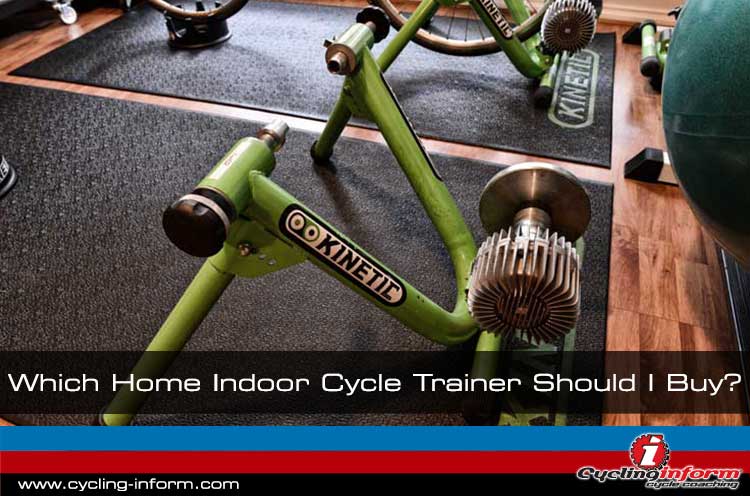
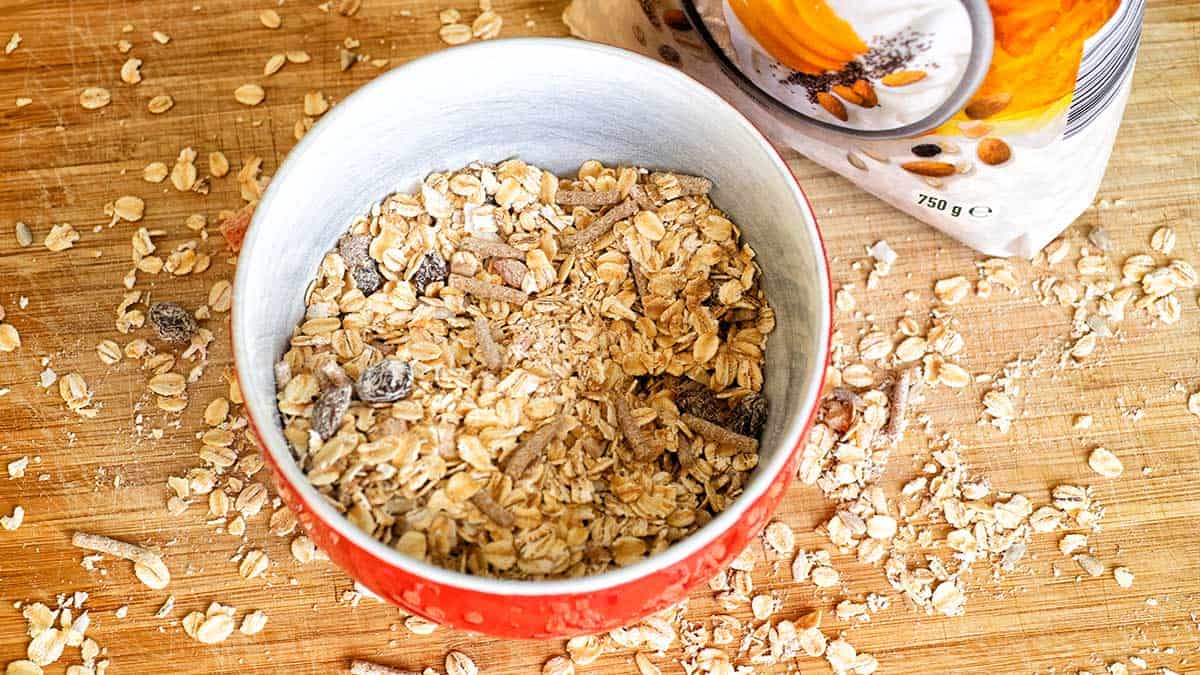
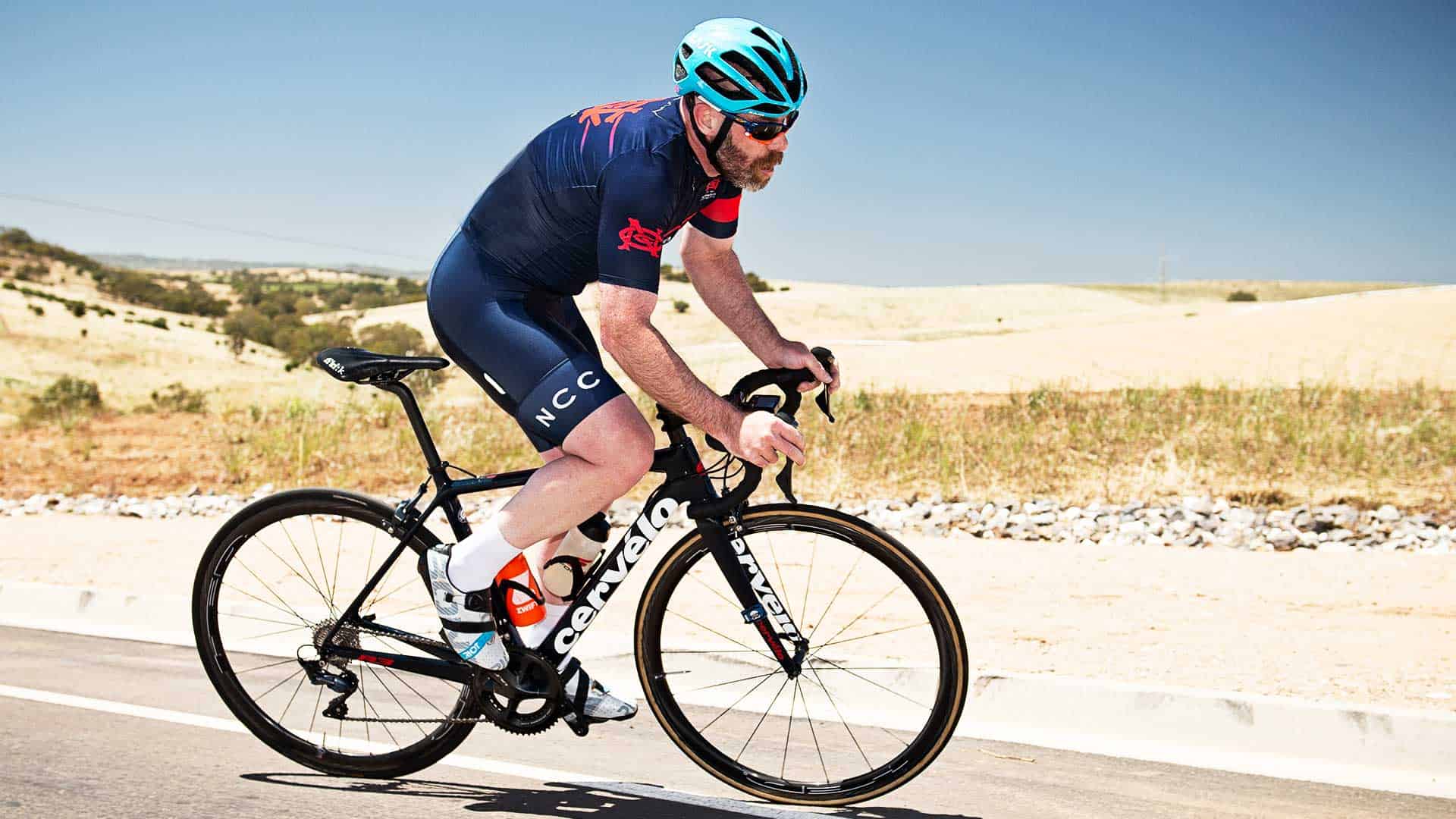
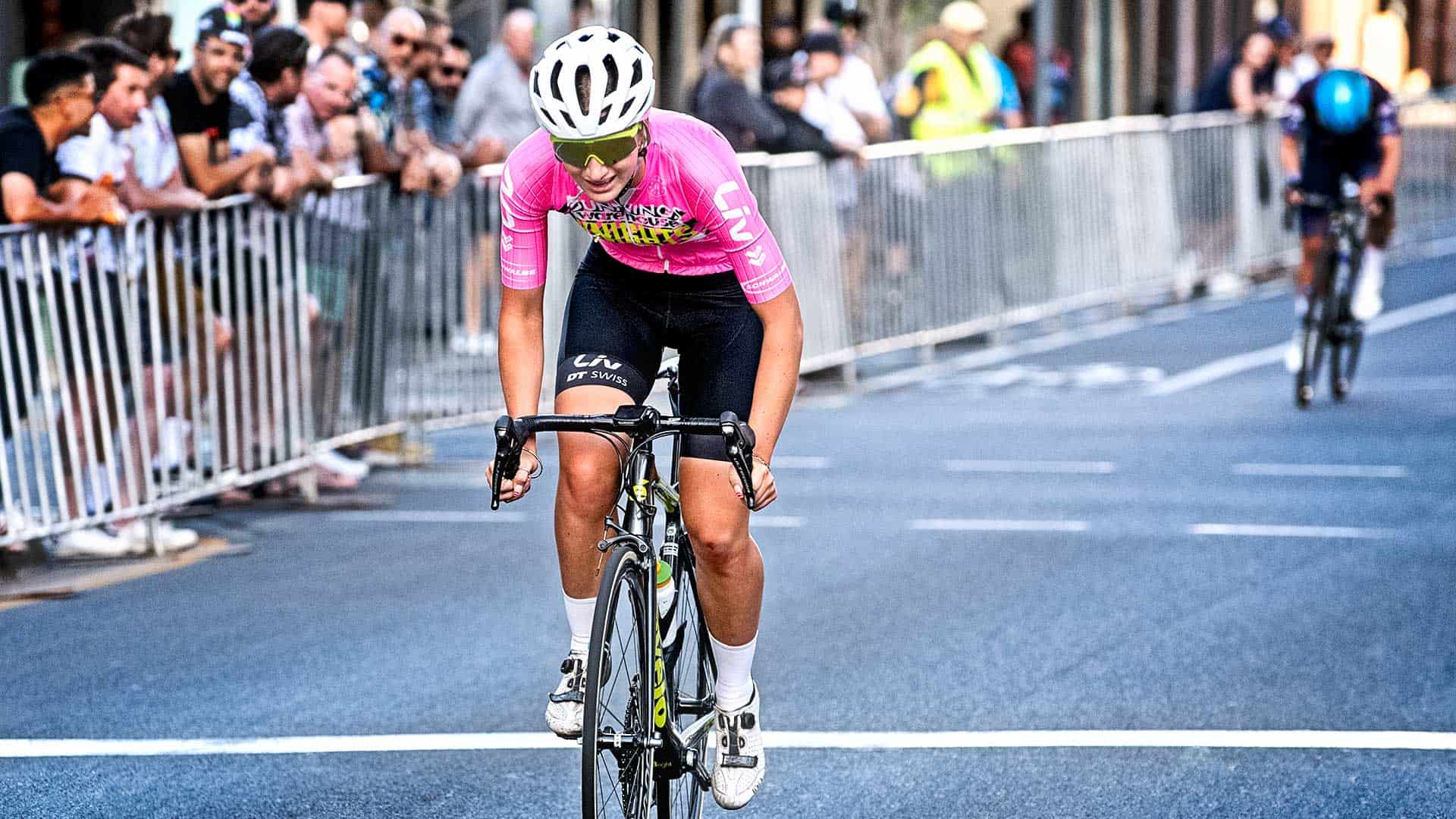
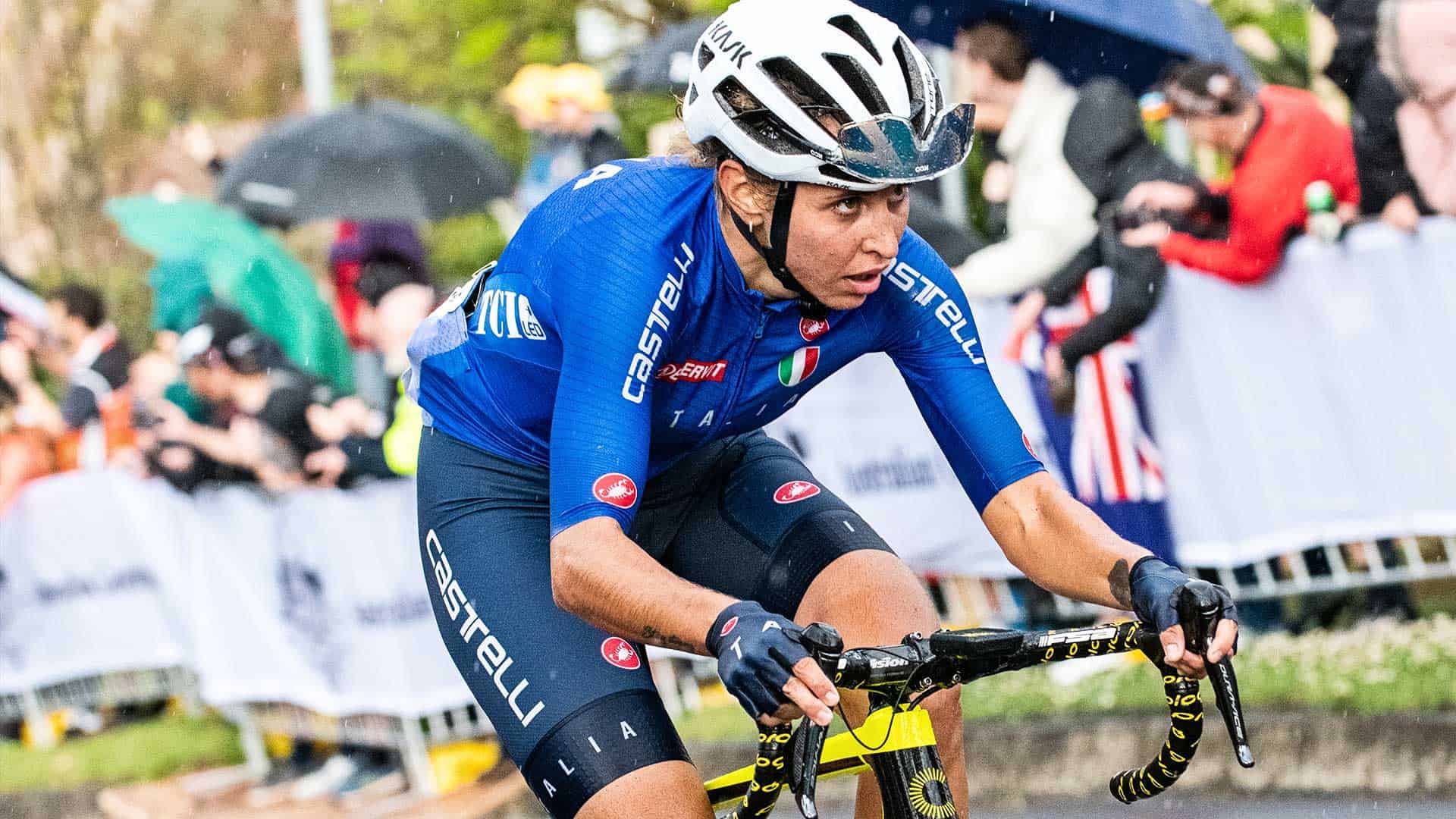
Leave A Comment